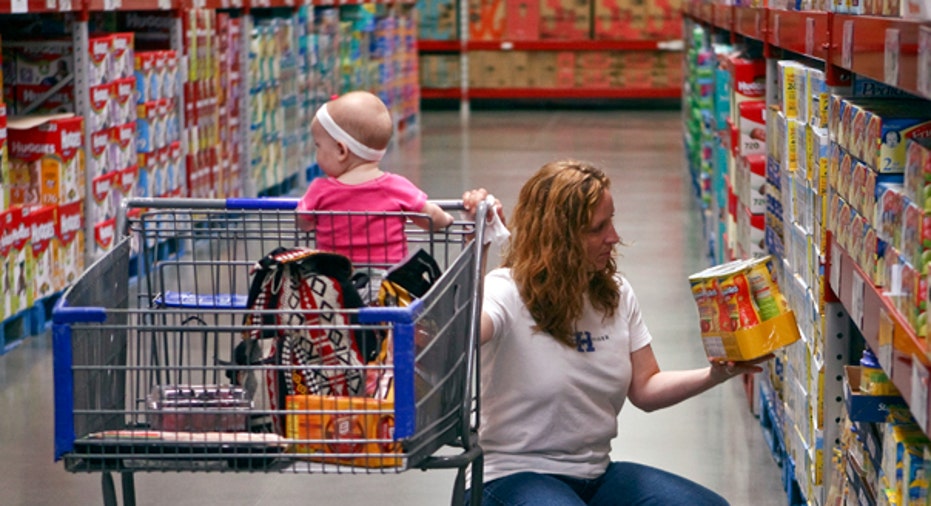Consumer Inflation Sees Biggest Gain in More than Two Years

U.S. consumer prices in May recorded their largest increase in more than two years as gasoline prices surged, suggesting an energy-driven disinflationary trend had probably run its course.
The Labor Department said on Thursday its Consumer Price Index rose 0.4 percent last month after gaining 0.1 percent in April. That was the largest increase since February 2013, and left the CPI unchanged in the 12 months through May after a 0.2 percent yearly decline in April.
Economists polled by Reuters had forecast the CPI rising 0.5 percent from April and unchanged from a year ago. While energy prices are stabilizing, a strong dollar is curbing underlying inflation pressures.
The so-called core CPI, which strips out food and energy costs, increased 0.1 percent, the smallest rise since December, after advancing 0.3 percent in April. In the 12 months through May, the core CPI rose 1.7 percent after a yearly increase of 1.8 percent in April.
Given a tightening labor market, which is expected to spur stronger wage growth, the retreat in underlying inflation pressures likely does not change views that the Federal Reserve will raise interest rate later this year.
The U.S. central bank on Wednesday noted the stabilization in energy prices and expressed confidence that inflation will gradually move toward its 2 percent target. The Fed has kept its short-term lending rate near zero since December 2008.
Last month, gasoline prices jumped 10.4 percent, the biggest increase since June 2009, accounting for most of the increase in the CPI. That followed a 1.7 percent decline in April.
Food prices were unchanged for a second straight month. An outbreak of bird flu in some parts of the country led to a shortage of eggs that could push up food prices in the months ahead.
Elsewhere, the index for rent increased 0.3 percent. With the residential vacancy rate near a 22-year low as a firming labor market boosts household formation, shelter costs are likely to continue rising.
The medical care index increased 0.2 percent after rising 0.7 percent in the prior month. There were also increases in the prices of new motor vehicles, tobacco and alcoholic beverages.
But prices for apparel, used cars and trucks, and household furnishings fell. (Reporting by Lucia Mutikani; Editing by Paul Simao)